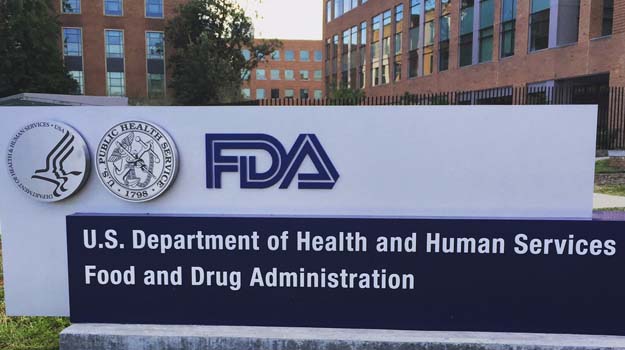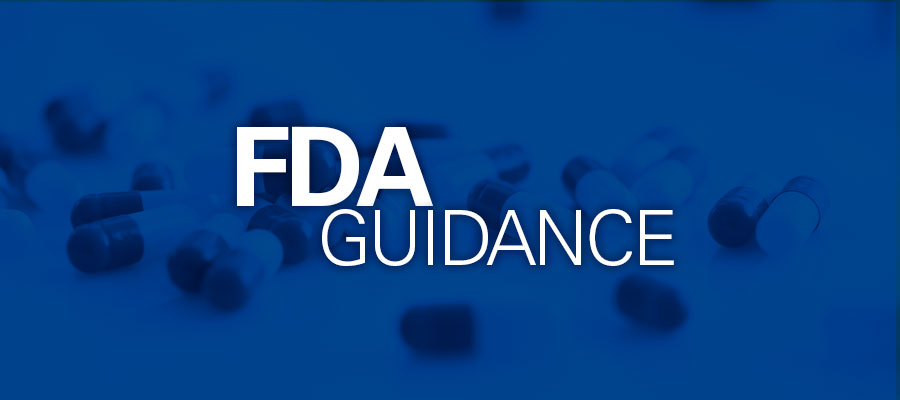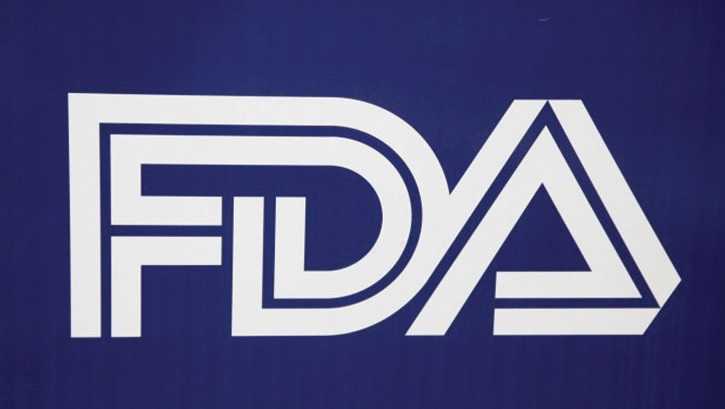The US Food and Drug Administration (FDA) has issued a guidance dedicated to the benefit-risk factors to be considered in the context of product availability, compliance, and enforcement decisions with regard to the medical devices.

Notes
The document describes the approach applied by the Agency regarding the benefit and risk factors to be considered by the regulating authority as a part of the decision-making process. The approach described in the guidance aimed at the overall improvement of the quality of medical devices placed on the US market, mitigation of the risks associated thereto, and also increasing the clinical benefit to patients. The Agency also mentions that the particular approach would be determined on a case-by-case basis, depending on the specific features of the medical device in question, expected benefit, and potential risks associated with using it for the intended purpose. The benefit-risk factors addressed in the document would be considered by the FDA in the context of the premarket assessment of a medical device. It is also stated that the present FDA guidance supplements another document dedicated to the benefit-risk matters – the FDA guidance “Factors to Consider When Making Benefit-Risk Determinations in Medical Device Premarket Approvals and De Novo Classifications”. The document also contains references to the FDA-recognized voluntary consensus standards, that could be used by the medical device manufacturers to demonstrate compliance with the applicable safety and performance requirements. It is also important to mention that due to its legal nature, the present document does not establish legally binding obligations the parties involved shall follow, but only describes the current thinking of the regulating authority and provides certain recommendations to be taken into considerations by the interested entities.

Scope and Regulatory Background
The approach for benefit-risk factors addressed in the present FDA guidance could be applied not by the Agency itself, but also by the industry representatives. The factors covered by the scope of the guidance should be considered by medical device manufacturers when assessing compliance-related matters, including corrective and preventive actions, voluntary recalls, and withdrawals. At the same time, the premarket submission review decisions are actually falling outside the scope of the present guidance.
The FDA guidance is dedicated to the benefit-risk factors to be considered in the context of the availability of medical devices. In particular, the factors described in the present document should be taken into consideration in case the regulating authority and/or the medical device manufacturer have reasonable concerns regarding quality, safety, regulatory compliance, or other aspects related to medical devices, providing that such are associated with the actions that could impact the availability of medical devices in question. In most cases, these concerns are based on the additional information collected during the post-market stage, when the information about the actual performance of the device becomes available to the manufacturer. For instance, the manufacturer could become aware that the actual frequency of incidents related to the know risks exceeds the expected one, or the consequences of such incidents are more severe than expected. The medical device manufacturer could also receive information about new risks that could not be identified during the premarket assessment stage. In this regard, the manufacturer may have to take some measures that could impact the availability of the devices to the healthcare professionals and patients. Thus, the benefit-risk factors this FDA guidance is dedicated to should be considered by the manufacturer before commencing the aforementioned actions.
According to the guidance, its scope covers both diagnostic and therapeutic medical devices irrespectively of whether they are subject to premarket review or exempted. At the same time, the scope of the guidance does not cover the devices regulated by the Center of Biologics Evaluation and Research (CBER), as well as combination products.
Patient-Focused Benefit-Risk Assessment
Under the general rule, the FDA as a regulating authority is entitled to take the actions intended to limit the availability of medical devices in case if such devices are not in compliance with the applicable safety and performance requirements. However, each time making the regulatory decisions regarding imposing such limitations, the Agency evaluates the benefit-risk factors associated with the medical device in question. For example, in certain cases, such limitations would not be implemented towards the non-compliant medical device in order to avoid the potential shortages of medically necessary devices and ensure their uninterrupted availability to the patients. Thus, the FDA evaluates the non-compliances associated with the device, and also the available alternatives to make the weighted decision. The cooperation between the FDA and the medical device manufacturer regarding the conformity matters and risks associated with the device should be based on the transparency principles and exchange with the relevant and reliable information related to the potential risks and outcomes.
The Agency also emphasizes that the benefit-risk factors addressed in this FDA guidance could be subject to changes due to the expansion of scientific knowledge and further technological and regulatory development. For instance, in case if the new treatment options would become available, the decisions made on the basis of a benefit-risk approach could become outdated subject to review.

Benefit-Risk Factors to be Considered
In accordance with the current approach, the regulatory decisions to be made by the FDA should be based on the reliable and accurate data available to the authority at the moment the decision is made. In case if it is reasonably necessary, the FDA has a right to request additional information. In general, in the course of the benefit-risk assessment described in this FDA guidance, the authority will compare the benefits and risks associated with the device based on the information collected in the course of post-market surveillance activities and the benefit-risk assessment conducted during the premarket assessment stage in order to identify any changes.
With regard to the benefits associated with the medical device, the FDA would consider the following factors:
- Types of benefit(s), including the impact on the health of the patients;
- The magnitude of benefit(s) – the degree to which patients experience the treatment benefit or effectiveness of the medical device, e.g. the changes in patients` conditions;
- Likelihood of patients experiencing one or more benefits – the likelihood that the medical device will effectively treat or diagnose the patient`s disease or condition (since the particular medical device is not always effective for all patients);
- Duration of effects – how long the benefit can be expected to last for the patient (this facto should be considered when determining the optimal duration of use of the medical device in question);
- Patient perspective on benefit – the value that patients place on the use of the medical device;
- Benefit factors for healthcare professionals or caregivers;
- Medical necessity (whether the medical device in question addresses unmet needs).
In the context of the risks associated with medical devices, the following factors should be considered:
- The severity of harm (categorized into three levels, each of which includes a duration component);
- Likelihood of risk;
- Distribution of nonconforming devices;
- Duration of exposure to population;
- False-positive or false-negative results;
- Patient tolerance of risk – the level of concern that patients have regarding harm or potential harm caused by the device;
- Risk factors for healthcare professionals or caregivers.
Summarizing the information provided here above, the present FDA guidance on benefit-risk factors highlights the main factors to be considered when making decisions impacting the availability of medical devices. The document also describes the general approach to be applied for the evaluation of post-market data related to the benefits and risks associated with the medical devices.
How Can RegDesk Help?
RegDesk is a next-generation web-based software for medical device and IVD companies. Our cutting-edge platform uses machine learning to provide regulatory intelligence, application preparation, submission, and approvals management globally. Our clients also have access to our network of over 4000 compliance experts worldwide to obtain verification on critical questions. Applications that normally take 6 months to prepare can now be prepared within 6 days using RegDesk Dash(TM). Global expansion has never been this simple.
Sources:

